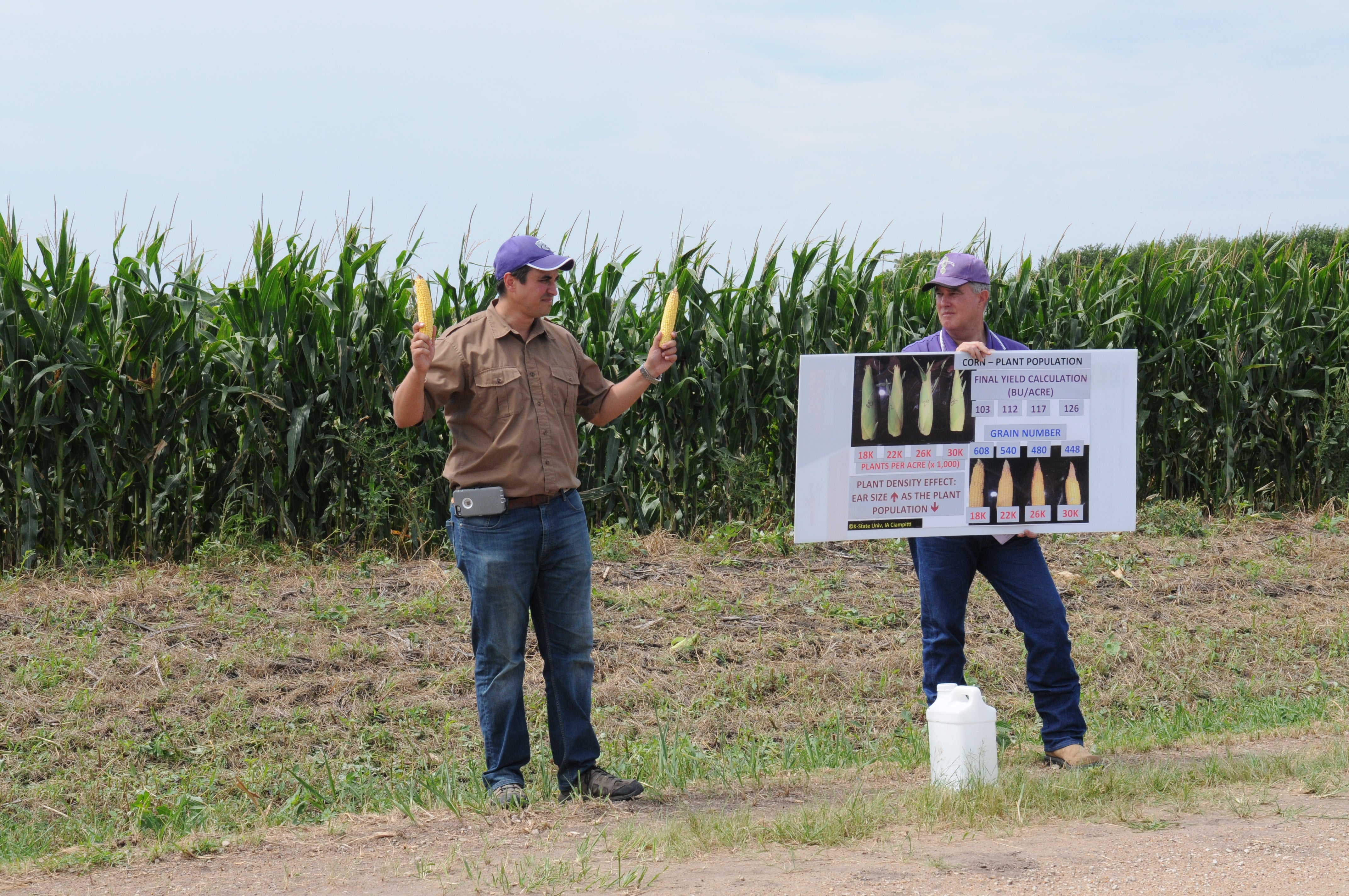 Farmers have a host of competing priorities clamoring for their time, energy and money. Fortunately, they often have trusted advisers to help them make good decisions for their operations – including about conservation practices on the farm.
Farmers have a host of competing priorities clamoring for their time, energy and money. Fortunately, they often have trusted advisers to help them make good decisions for their operations – including about conservation practices on the farm.
These practices, such as improving fertilizer efficiency and planting cover crops, can provide significant benefits for farmers: increasing or stabilizing yields, reducing erosion, and ensuring more of the fertilizer applied delivers yield instead of being lost to water or air. They can also increase profitability.
But in order to get the best bang for every conservation buck, many of these practices require technical and agronomic expertise. As PrecisionAg suggested, who better to help integrate these practices into farm operations than the ag retailers and consultants who know their clients’ farms so well?
By expanding their conservation service offerings, ag retailers and crop advisers can meet growing demand from farmers – while also keeping their businesses, and that of their farmer clients, competitive. Read More










 Amidst all the new tools and technologies being developed to make agriculture more sustainable, there is one tried and true method for testing on-site conservation practices that doesn’t get much attention: farmer networks.
Amidst all the new tools and technologies being developed to make agriculture more sustainable, there is one tried and true method for testing on-site conservation practices that doesn’t get much attention: farmer networks.